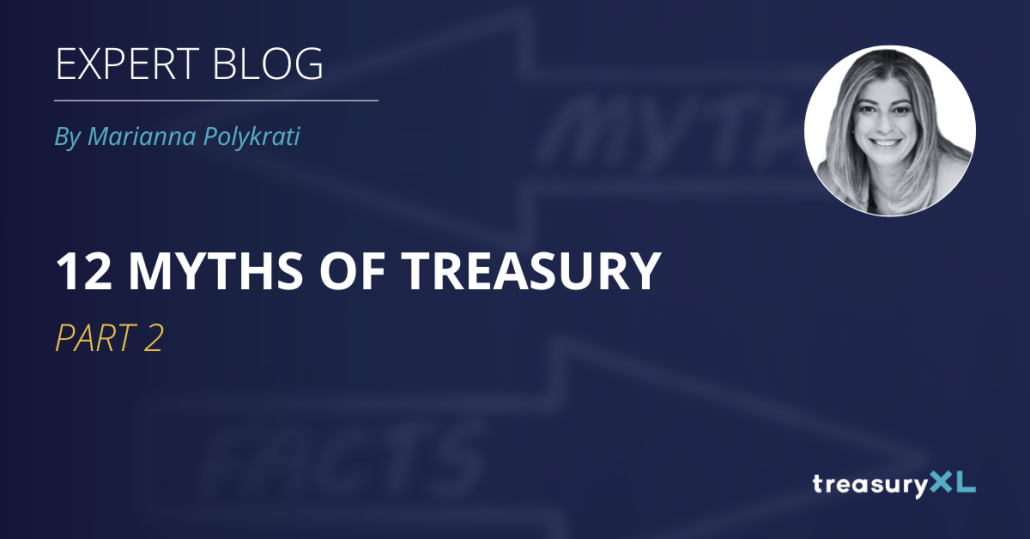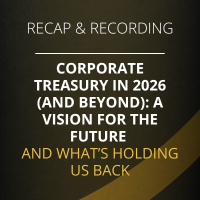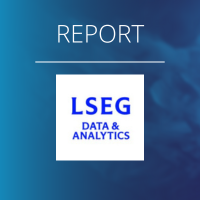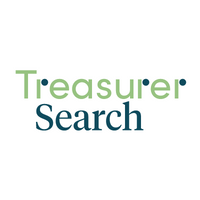Myth 4: “Treasurers only work with Banks”
Treasurers are often perceived as solely managing relationships with banks—handling loans, deposits, and payment systems. This narrow view overlooks the broad scope of their responsibilities and the diverse stakeholders they collaborate with to ensure the company’s financial stability.
While banking relationships are an important part of Treasury, they’re far from the only focus. Treasurers also work with suppliers, customers, rating agencies, auditors, and even internal teams like procurement to manage liquidity and financial risks.
For example, for working capital management, treasurers collaborate with supply chain and procurement teams to optimize payment terms with suppliers and ensure cash flow aligns with operational needs. Similarly, they may work with rating agencies to improve the company’s credit profile, directly impacting borrowing costs and access to funding. Other cases as well are with technology providers for treasury automation as treasurers are increasingly involved in selecting and implementing TMS and automation tools.
Treasury’s role extends beyond transactional banking to becoming a strategic partner that bridges the internal and external financial landscape, aligning liquidity, risk, and funding strategies with broader business goals.
Treasurers don’t just “work with banks”—they work across the organization and with external stakeholders to drive value and financial resilience.
Myth 5: “Technology will make Treasurers obsolete“
With the rapid rise of automation, APIs, and AI-powered tools, some believe that technology will eventually replace the need for treasurers altogether. This view assumes that treasury tasks are primarily transactional and can be fully automated.
Technology is not a replacement for treasurers but an enabler of their work. While automation tools like APIs, RPAs, and TMS systems streamline processes and reduce manual work, they do not replace the strategic judgment, risk management expertise, and forward-thinking that treasurers bring to the table.
For example:
- APIs now enable real-time connectivity with banks, allowing treasurers to retrieve data directly from bank platforms.
- RPA (Robotic Process Automation) can be used to format this data into structured reports.
- Machine learning (ML) is also being utilized to create advances cash flow forecasting models, enabling treasurers to predict liquidity needs with greater accuracy and adapt to market volatility more effectively.
- Large Language Models (LLMs), used for comparing and summarizing, enable treasurers to quickly analyze and identify discrepancies in agreements, improving efficiency and decision-making while maintaining compliance.
These tools free up treasurers’ time to focus on higher-value activities like liquidity planning, funding strategies, and risk mitigation. Technology supports their role but does not replace their expertise and judgment.
Myth 6: “Treasury doesn’t add value to the business“
Treasury is often viewed as a cost center, with its activities seen as transactional or administrative. Some believe that treasury doesn’t contribute directly to the company’s bottom line or long-term success.
Treasury is a cornerstone of business success. From ensuring liquidity to managing risks, treasurers play a vital role in keeping the company financially stable and strategically agile. Their work often enables the entire organization to grow and adapt, especially during turbulent times.
From my own career, I’ve seen treasury lead the way during moments of crisis. During the liquidity crunch and capital controls in Greece, treasury took center stage in guiding operations and navigating the business through uncharted waters.
In another case, when liquidity was scarce, treasury implemented new processes for payments, engaging the whole organization to be partners and successfully pass the milestone.
Working close with credit insurance companies, an invisible partner to each company’s cash flow management, to ensure appropriate credit limits for the supplier is another example as well.
Treasury’s role extends even further during M&A periods. Having participated in a couple of M&A transactions, I’ve seen firsthand how the knowledge treasury has of the business makes us an integral part of the due diligence process, the financing of the deal aas well as the following day . By working closely with cross-functional teams, treasury helps secure the best possible outcomes for the organization.
Treasury’s contributions don’t stop at crisis management or even at treasury related projects. By introducing automation to enhance visibility, such as expense and invoice management systems, treasury has driven efficiency and improved decision-making across the organization—well beyond its traditional scope.
Treasurers don’t just add value; they create it by driving resilience, growth, and innovation.
Catch the recording of Marianna and her fellow panelists discussing Generational Diversity in Treasury!
As generational diversity reshapes treasury teams, fresh perspectives meet time-tested strategies. But with it come challenges and opportunities in communication, expectations, and work styles. Marianna’s insights are not to be missed












